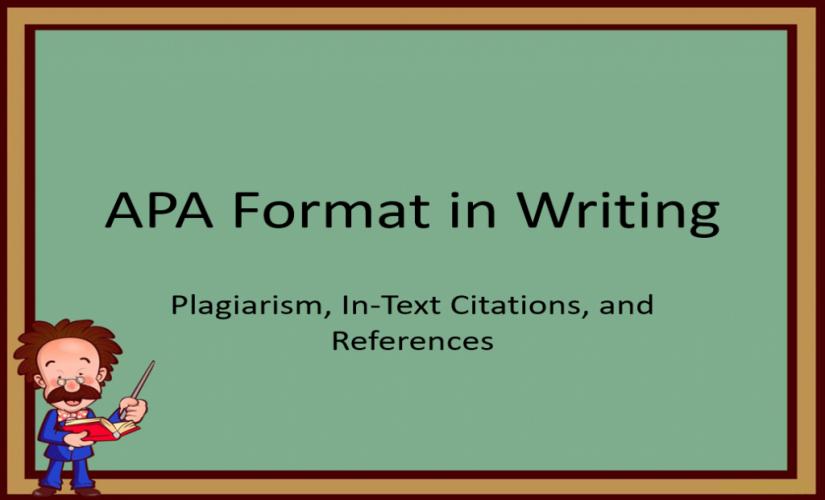The American Psychological Association (APA) style is a documentation technique that writers implement in various disciplines. Basically, the engage the APA format in writing. In this case, the APA style plays an essential role in scientific writing. Hence, appreciating the APA style requires writers to understand its effect on scientific essays and know the main elements of the style.
Plagiarism in the APA Format
The primary goal of the APA format in writing is to avoid both plagiarism and self-plagiarism. For instance, authors credit the source of any paraphrased, summarised, or directly quoted material. Basically, this process of crediting sources allows authors to avoid plagiarism. Moreover, the APA style enables authors to avoid self-plagiarism through citation. In this case, authors present previously published findings as an equivalent of current results. Also, it undermines the continuity of scientific research. Thus, the APA style format provides a framework for crediting source materials.

Other Features
Additionally, the APA format in writing suggests a relatively rigid paper structure for a research paper. For example, the APA 6th edition format goes beyond citation needs to provide structural guidelines for the APA style paper. In this case, it defines the vital segments and their specific functions within a paper. Also, the title page, abstract, introduction, literature review, methodology, results, discussion, conclusion, references, appendices, and supplemental material are the most significant portions of a research paper outline. In turn, the individual elements are discussed in much detail in the APA outline format to provide students and researchers with some guidance on the presentation of research findings.
Main Elements in APA Writing
People use parenthetical in-text citations for documentation in the APA writing style. For example, the APA guidelines explain that the parenthetical in-text citation for a direct quotation must provide the author’s surname, publication year, and a page number or specific locator. Basically, the specific locator is critical because it enables the audience to quickly locate a quotation and engage the context from which it was extracted. Besides the author’s name and publication date, paraphrased and summarized material does not necessarily need a page number. However, authors must make the information available. In turn, the APA format in writing covers various situations that an author may encounter while dealing with different types of sources. Essentially, the in-text citation format in the APA paper is the author-date format.
References
In-text citations are accompanied by a complementary reference list that appears at the end of the paper with the title “References.” For instance, the APA reference page facilitates the identification and retrieval of the sources used in the essay. Basically, each reference list entry contains complete bibliographical details that allow a reader to find a source online or in a library. However, if people cannot access sources, writers must not use them in the reference list. In turn, the reference list has unique formatting rules covered in the APA format reference page. Thus, the reference page is a unique feature of the APA format in writing.
Conclusion on the APA Format in Writing
In conclusion, the APA format in writing has defined both structural and technical aspects of scientific papers. Basically, it allows people to avoid self-plagiarism and plagiarism. Therefore, this preventive role is realized through in-text citations and the reference list.

